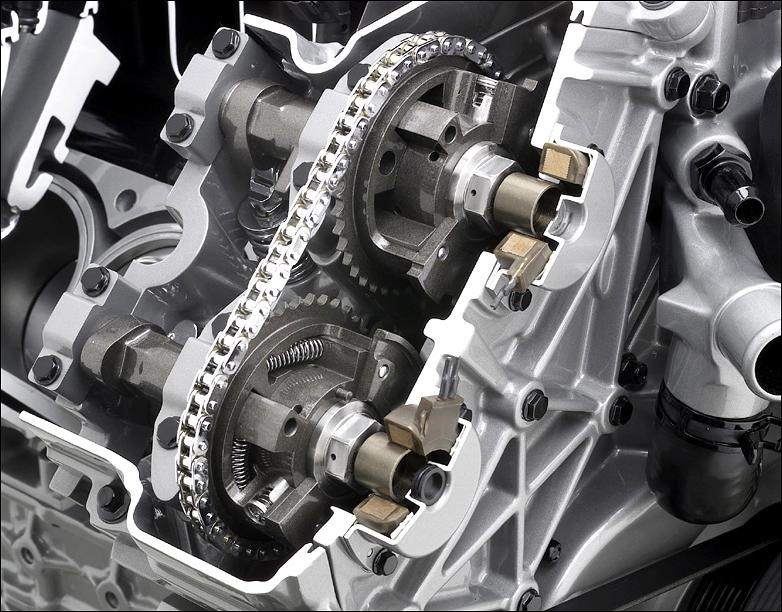
The engine is the source of power to drive the car and to operate some systems in the car. The engines in cars differ from each other in many ways: type, shape, capacity, capacity, design, parts, methods of operation, fuel used……). This difference is due to many factors, for example, but not limited to, the different cars to be run with the engine, operating conditions and requirements, price, maintenance, and requirements to preserve the environment.
As a car enthusiast, whether a trainee, student, engineer, car technician, or car enthusiast, you will be able to differentiate between the different types of engine. Understanding how the engine is designed and installed will help you identify engine failures, and deal with and maintain the engine.
Engine Rating:
There are many ways to characterize an engine (although the internal parts are common to all engines, such as the piston, crankshaft, cylinder head….). This difference in engine design affects how the engine is operated and maintained.
Engines are classified first with non-combustion engines and combustion engines, as follows:
Engines without combustion:
– electric motor (the motor operates with electric power)
o by electric current (vehicles traveling on rails: tram, metro – express train)
o batteries (batteries) Charging by: electric current – internal combustion engine – solar
cells o fuel cells (use hydrogen through cells to generate electrical energy)
o air engine (experimental engine)
Combustion engines:
– combustion engine external external combustion engine (the combustion outside of the engine: engine steam trains)
– an internal combustion engine internal combustion engine (the combustion inside the engine)
classification of internal combustion engines:
– Engine Engine capacity Swept Volume
– torque and engine Engine ability Torque and Power
– Number of cylinders
– Arrangement of cylinders
– Thermal engine cycles – Engine heat cycle
– The way the engine is moving (reciprocating – circular) Types of piston motion
– Number of engine strokes (four- or two-stroke) Number of engine strokes
– Quality Types of fuel burned
Method of fuel entry into the engine
– Ignition system type
– Firing order
– Cooling system type
– Combustion chamber shape
– Location of combustion
– Cylinder head port design
– position Valve location
Number of valves per cylinder
Camshaft location
Method of driving the camshaft
Method of balancing engine
Crankshaft design
Engine capacity (volume): Engine
capacity is the product of the number of cylinders multiplied by the cylinder volume. The engine capacity varies from 1000 cm3 for small engines to 3500 cm3 for large engines.
Engine torque and power: Engine
torque is the amount of power driving the crankshaft of the engine. Engine power is a measure of the engine’s ability to do work, and the engine’s power at a specific engine speed depends on the engine’s torque and the engine’s rotational speed at this speed. The torque and engine capacity varies with the engine capacity and engine compression ratio, the way the charge enters the engine… For small engines, the torque is in the range of 130 to 500 Newton meters and the power is in the range of 40 to 260 kilowatts. Whenever possible increase the maximum speed of the car.
Average passenger car data:
– Weight to power ratio 6 to 24 kg/kw
Acceleration from 6.5 seconds to 25 seconds (from 0 to 100 km/h)
There are no reviews yet. Be the first one to write one.

